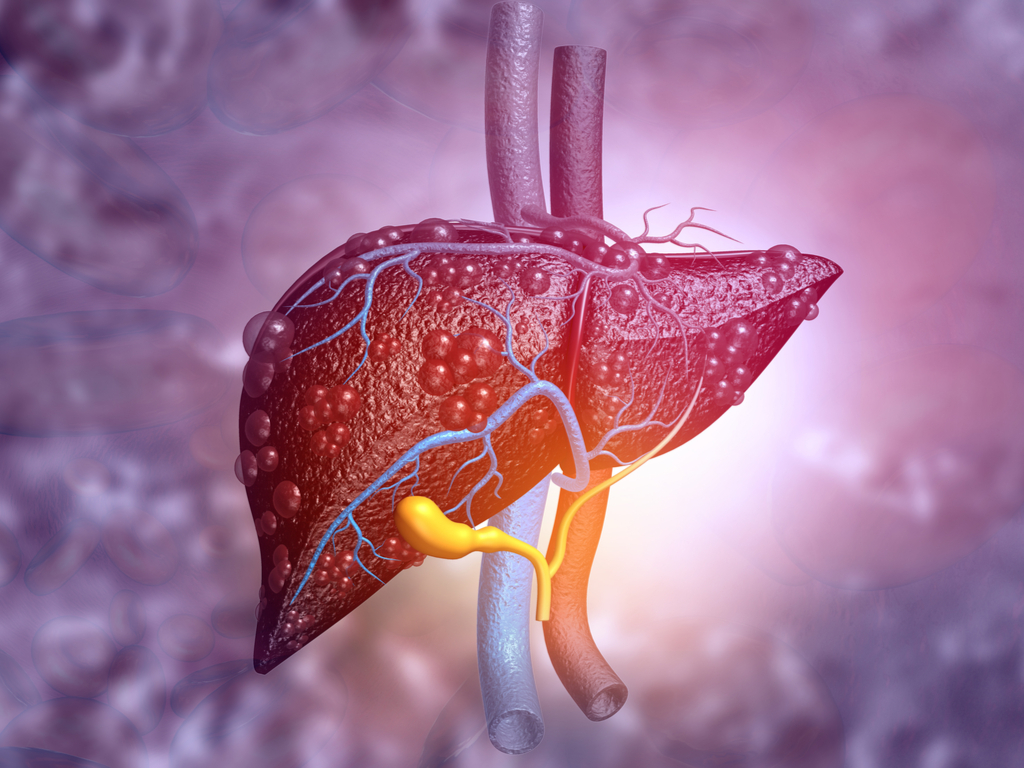When you purchase through golf links on our site , we may earn an affiliate commission . Here ’s how it works .
tear curb more than awful tales : Disease - fighting protein also hide out in them . Long stick by the specifics of how the protein in these weepy droplets destroy unsafe bacterium , scientists have lastly figured out their closed book : The protein , known as lysozyme , have jawlike structures that latch onto bacterial cellular phone walls and bite through rows of them as if devouring an capitulum of corn .
" The enzyme grabs onto the wall of the bacteria and it does n’t let go ; it start chew and it does n’t let up , " subject area investigator Gregory Weiss , a molecular life scientist and chemistry prof at the University of California , Irvine , tell LiveScience . " It ’s basically scissoring all the way across the wall of bacteria . "

Teardrops keep our eyes safe from bacteria, and now researchers figure out how proteins in tears chomp away at invading bacteria.
Nobel laureate Alexander Fleming first discovered these antiseptic proteins inteardropsabout a one C ago . While scientists have known the protein devour their opponents ' cell walls , they were n’t indisputable exactly how the process worked — for illustration , Weiss said , did the protein " jump on and take a bite and then climb up off " ?
In the end , the scissoring process can wipe out bacteria far larger than the itsy bitsy protein , go on our eyes safefrom any bug that fall in . [ The Physics of Teardrops ]
A team led by Weiss and Philip Collins , an associate prof of purgative and astronomy at Irvine , created a tiny electronic transistor to attempt to solve the enigma . They glued individuallysozymesonto a carbon nanotube attach to an electronic lap . When electricity was sent through it , the nanotube formed a teensy mike , about 100,000 times smaller than a human whisker , that could listen in on the protein ’s chomping . Weiss compared it to listening very closely to an locomotive revving and being capable to approximate various factors about the car ’s speed .

They uncovered two of the protein ’s secret : " As it ’s move along the surface [ of the bacteria ] , it ’s taking bites and those bites are coupled with its question , " Weiss said . " And each bite results in a new diminutive trap , and finally you get this big gash , this big wound , and the bacteria explode . "
In the course of the relentless chomping , each bite seems to have a exceptional cadence . The protein apply one step to open its mouth and two steps to close it .
Next , the team will try out out other proteins on their nano - microphone , go for eventually to utilise the machine forcancer detectionand drug discovery , Weiss said .

" If we can notice single molecules associate with cancer , then that mean we ’d be able to notice it very , very early , " Weiss said in a statement . " That would be very exciting , because we know that if we deal malignant neoplastic disease ahead of time , it will be much more successful , patients will be cured much faster , and monetary value will be much less . "
The research , supported by the National Cancer Institute , is detailed in the Jan. 20 issue of the diary Science .















